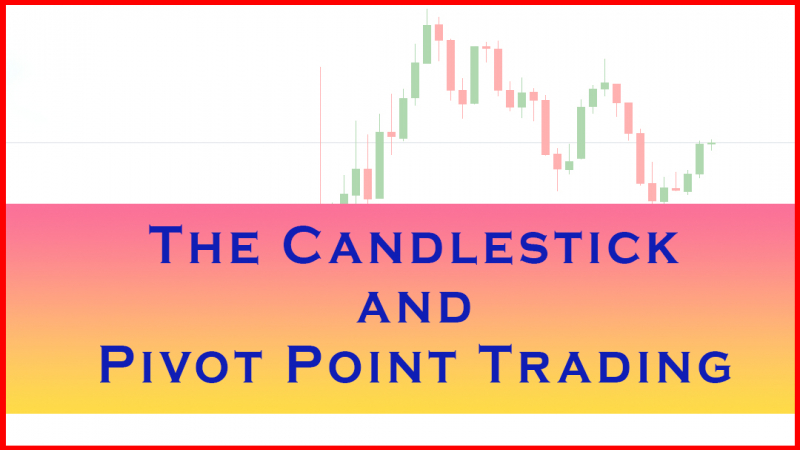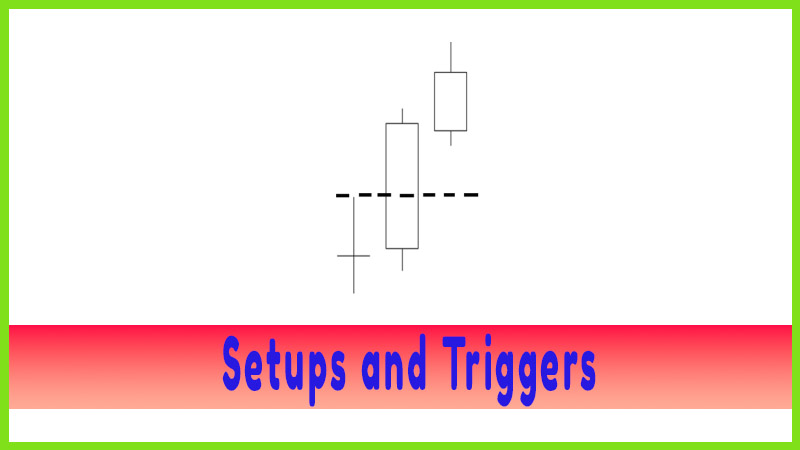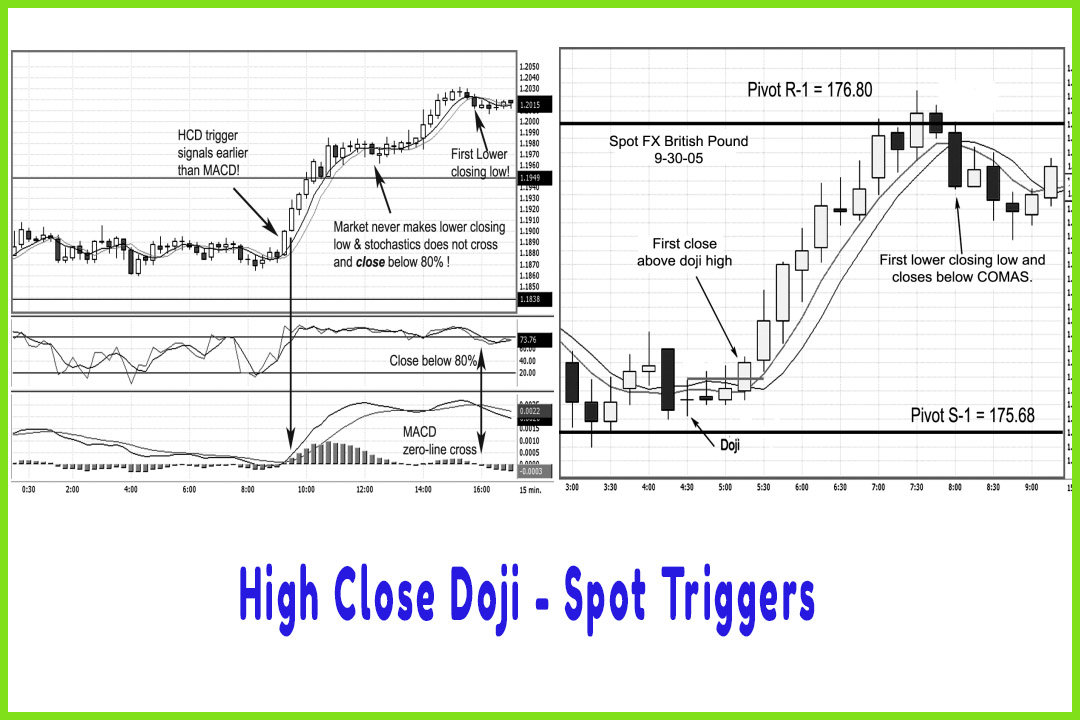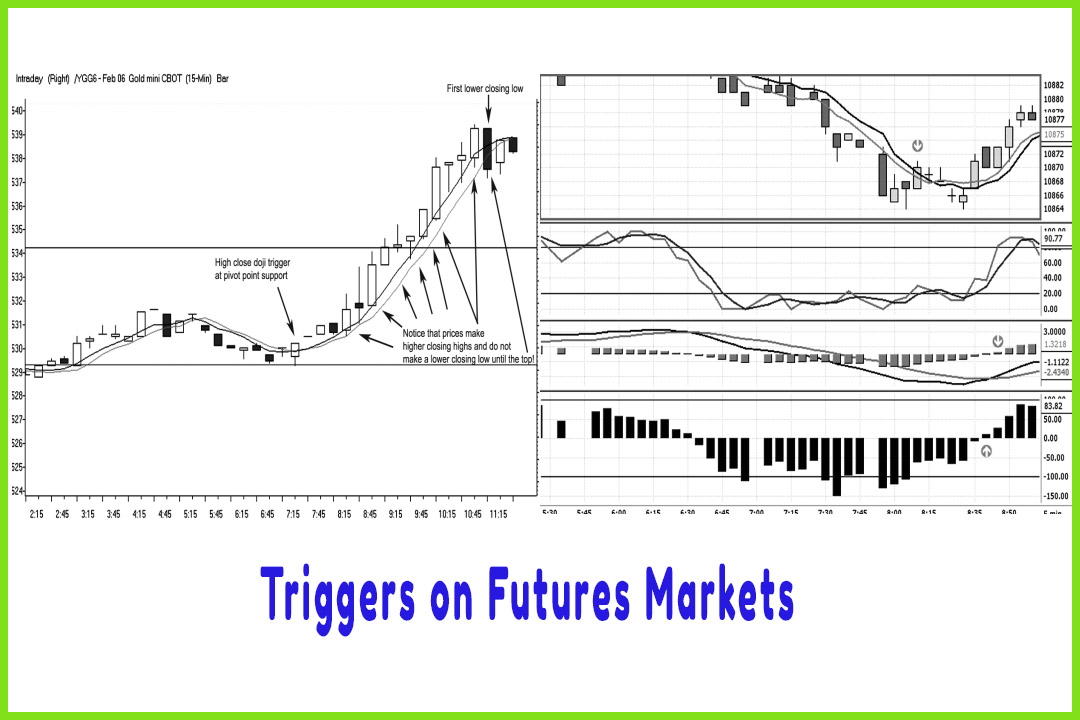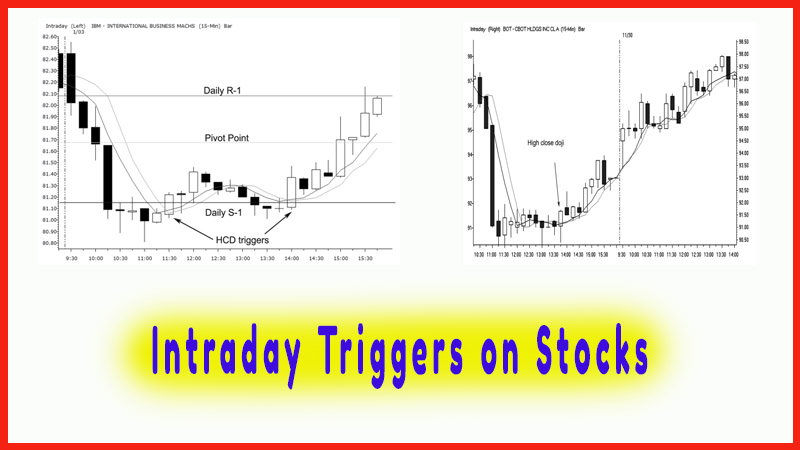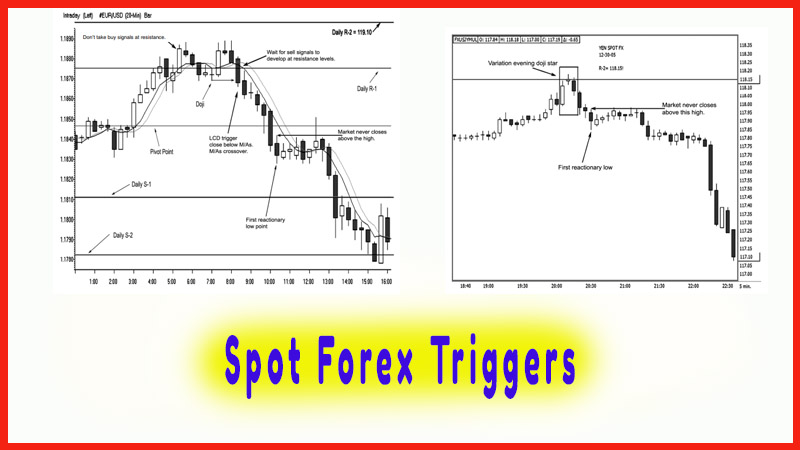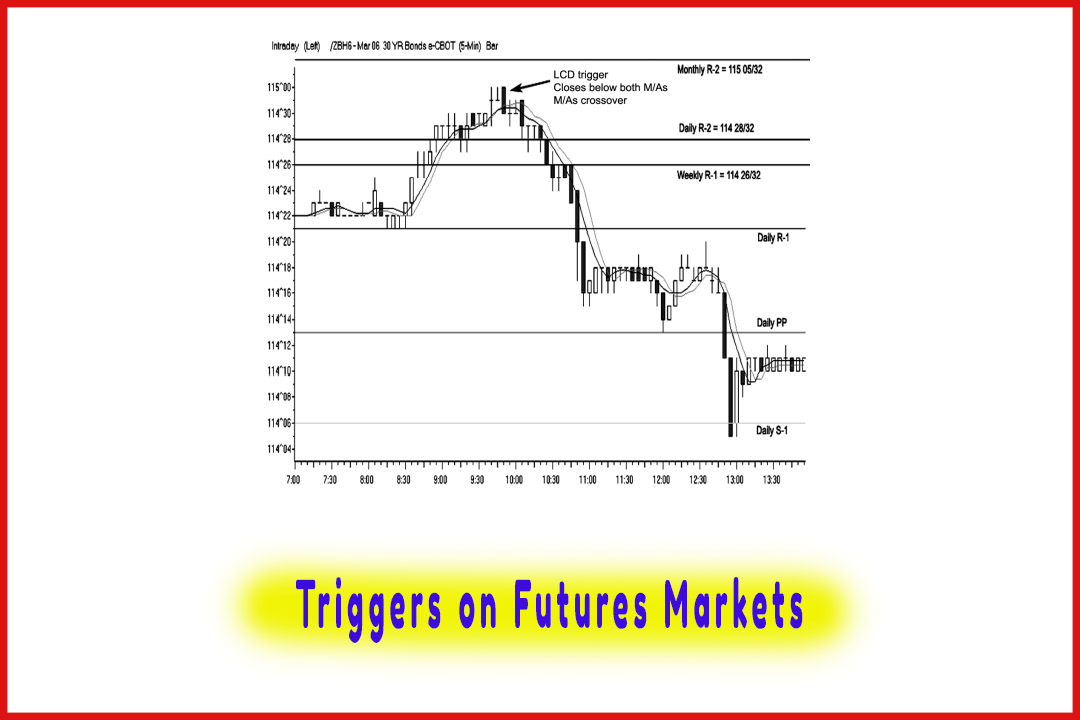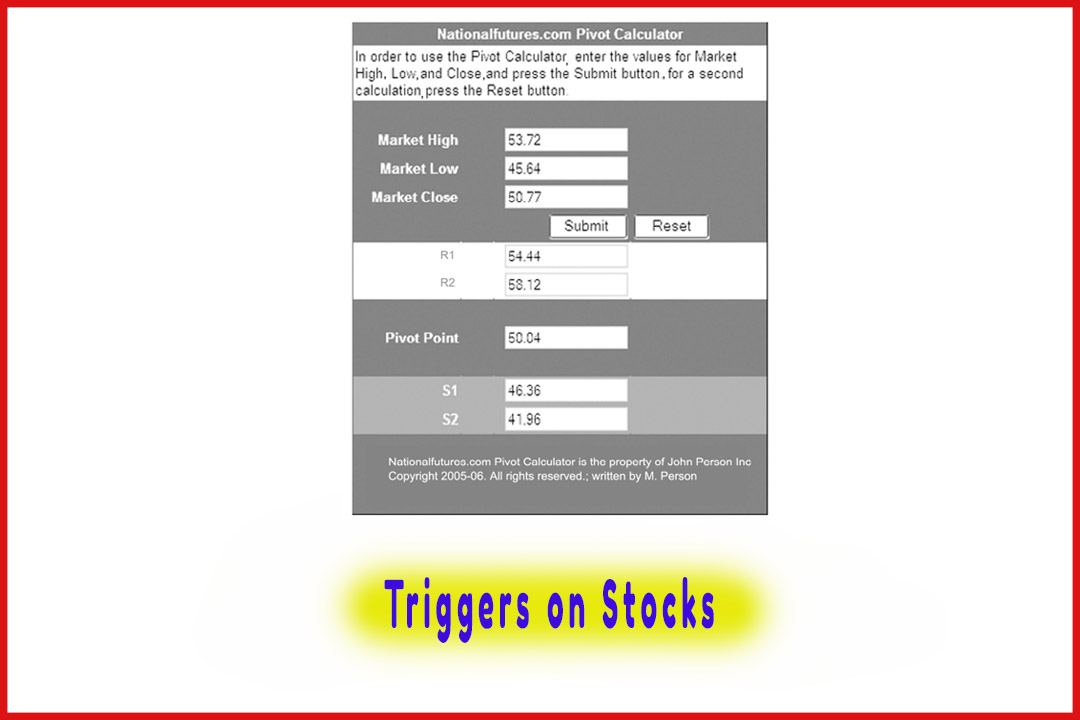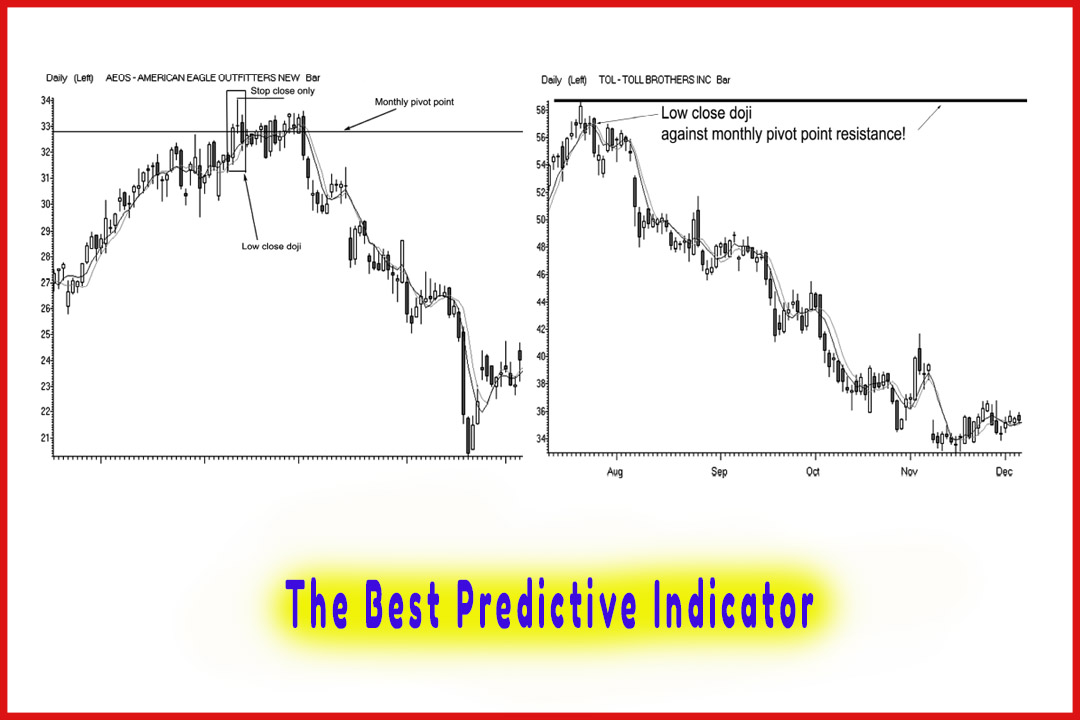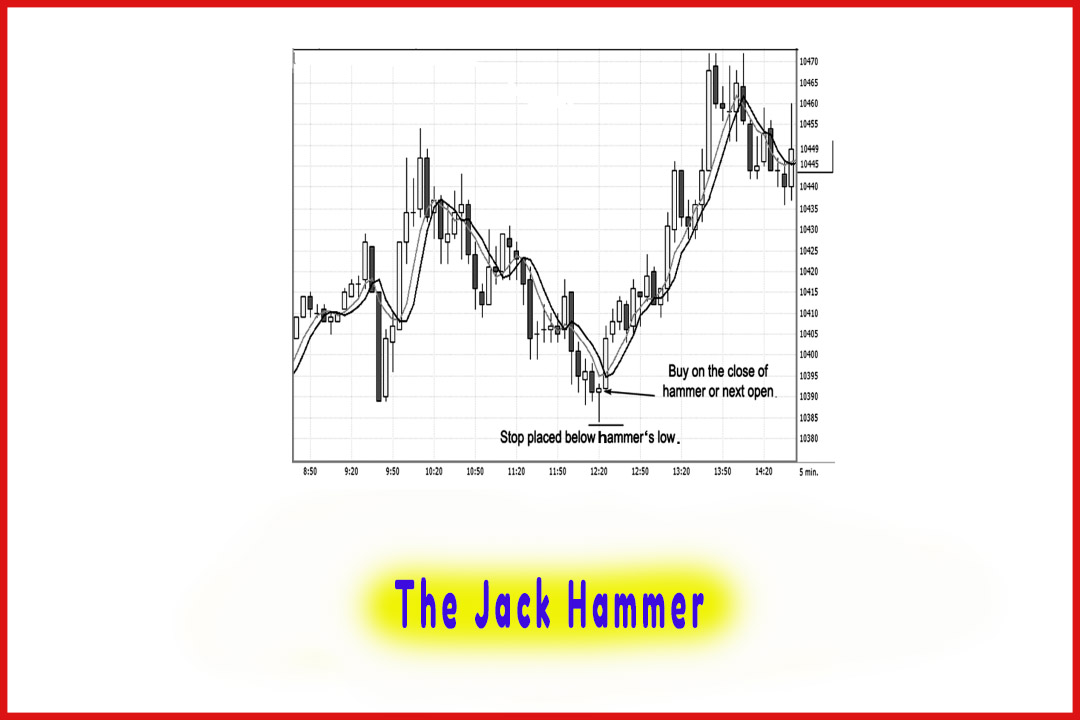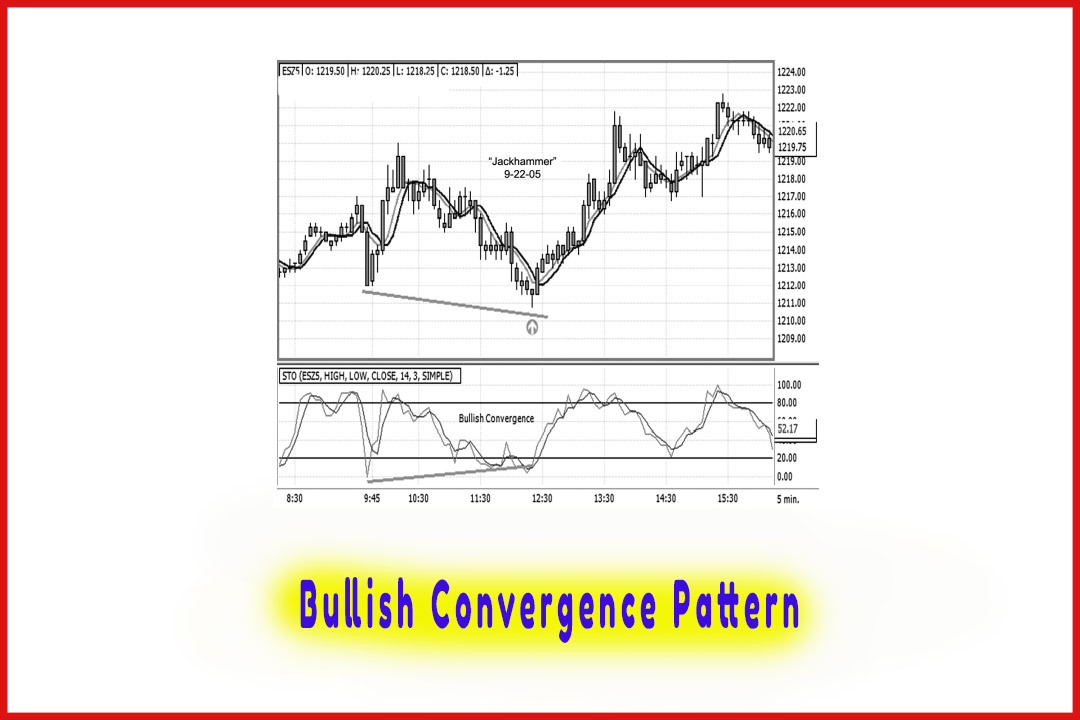Low close Doji
How to trade doji candle, gravestone doji, dragonfly doji, doji candlestick, long legged doji, doji pattern, doji candlestick pattern, doji candle
Course: [ The Candlestick and Pivot Point Trading Triggers : Chapter 8. Setups and Triggers ]
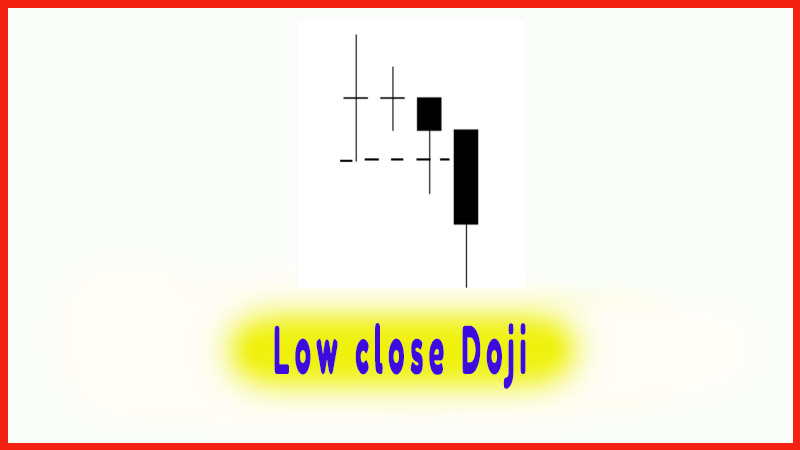
The next trading signal is the opposite of the high close doji. It is a setup developed on the premise that once the market has rallied and established a high, when a doji forms, it is indicating there is indecision; and once we establish a lower closing low below the doji’s low
LOW CLOSE DOJI
The next
trading signal is the opposite of the high close doji. It is a setup developed
on the premise that once the market has rallied and established a high, when a
doji forms, it is indicating there is indecision; and once we establish a lower
closing low below the doji’s low, as shown in Figure 8.16, which establishes
that there is a loss in bullish momentum, we can initiate a short position.
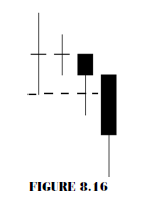
Characteristics
When the
market is in an extended trend to the upside and the market is overbought, a
doji appears, indicating indecision and weakness of buyers to maintain the
upward trend. Pay particular attention if the candle preceding the doji is a
tall white candle, which would be a two-candle pattern called a bearish harami
doji cross. Watch for increased volume, as this also confirms a blow-off-top
formation.
Trading Rules
When a doji appears, you should:
- Sell on the close or the next time period’s open once a new closing low is made from the previous time period’s doji’s low, especially when the market is against a key pivot point resistance target number.
- Place stops above the highest high point of the initial doji candle. Stops should be initially placed as a stop-close-only, meaning you do not exit the trade unless the market closes back above the doji’s high.
- Buy or exit on the open of the first candle after the previous candle makes a higher closing high than the previous candle.
You can
use a filter confirming the signal, such as a bearish divergence stochastic or
MACD pattern.
Here is a
secondary guideline for the exit and risk management strategy. Get out of half
of your positions on the first shift in momentum, which in a low close doji
(LCD) trade would be after the initial trigger. The market moves in your favor;
and at times we see a consolidation period, similar to a bear flag formation.
Covering your shorts and booking profits on half of your positions will keep
you in a profitable position for the remainder of the trade. You initially
placed a stop-close-only; but for an intraday time period, this would have been
a mental stop-close-only because most order platforms do not have that feature
for day trading. As the market has moved in your favor, you can place a hard stop
above the doji high. There will be times when you have to make a judgment on
whether the risk is too excessive by the distance of the proposed entry and the
stop-close-only. Therefore, you may want to scale out of two-thirds of a
position at the first sign you see the trend lose momentum.
The Candlestick and Pivot Point Trading Triggers : Chapter 8. Setups and Triggers : Tag: Candlestick Pattern Trading, Forex, Pivot Point : How to trade doji candle, gravestone doji, dragonfly doji, doji candlestick, long legged doji, doji pattern, doji candlestick pattern, doji candle - Low close Doji
